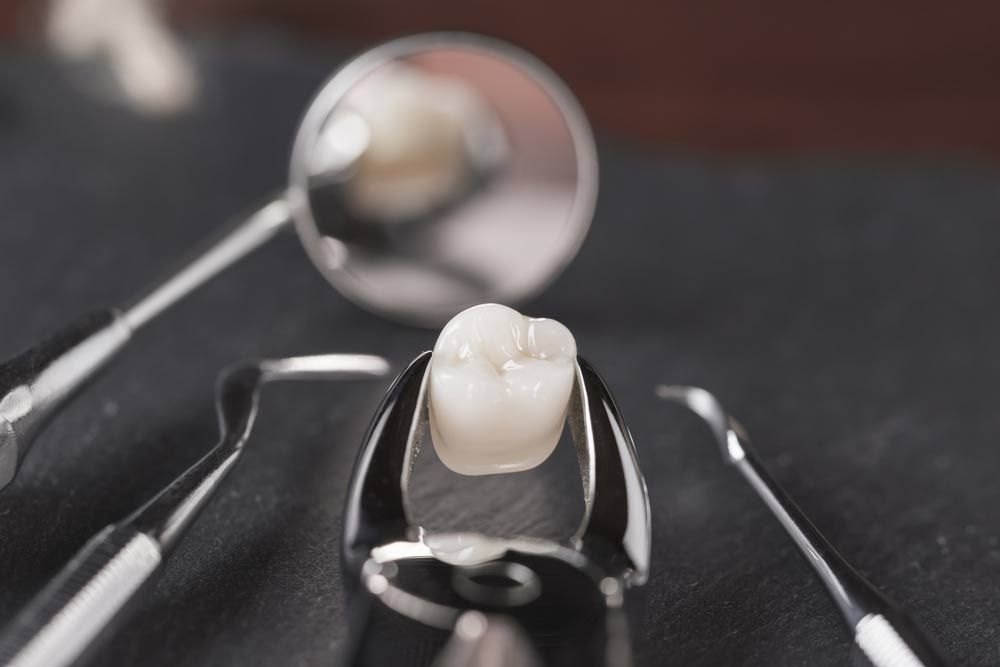The main goal of osseous surgery is to eliminate or reduce pockets formed by gum disease.
Mild gum disease that hasn’t spread to your jawbone or connective tissue is called gingivitis. It’s thought that as many as 90 percentTrusted Source of people around the world have gingivitis.
If left untreated, gingivitis can lead to periodontitis. Periodontitis can cause damage to the bone that supports your teeth. If gum disease and pockets aren’t treated properly, they can eventually lead to tooth loss.
Surgeries for gum disease, including osseous surgery, have a high success rate.
Avoiding tobacco, following good dental hygiene, and listening to your dentist’s post-surgery recommendations can increase the effectiveness of the surgery.
Osseous surgery is generally safe, but in some cases, it can cause:
- tooth loss
- tooth sensitivity
- bleeding
- gum recession




